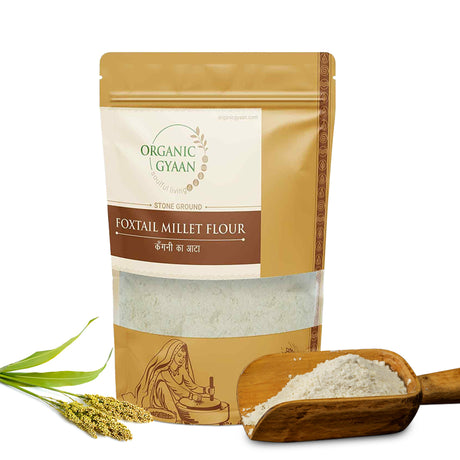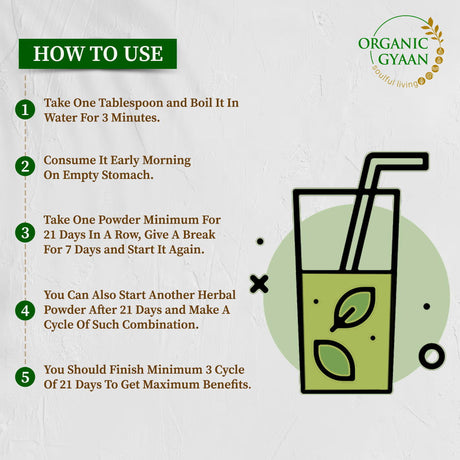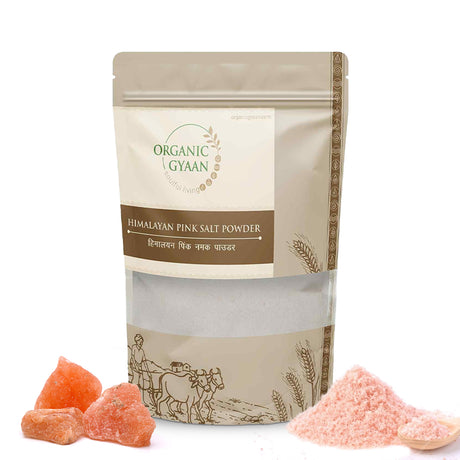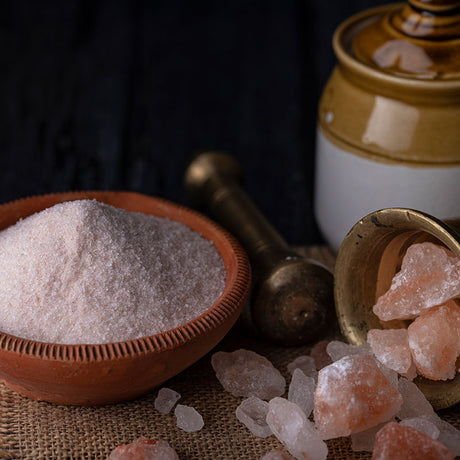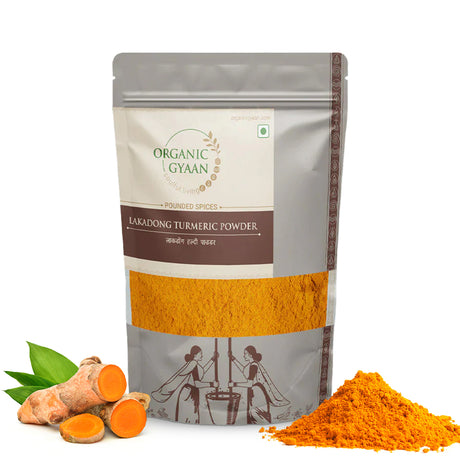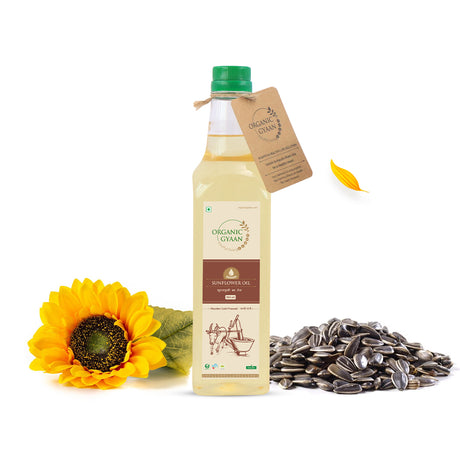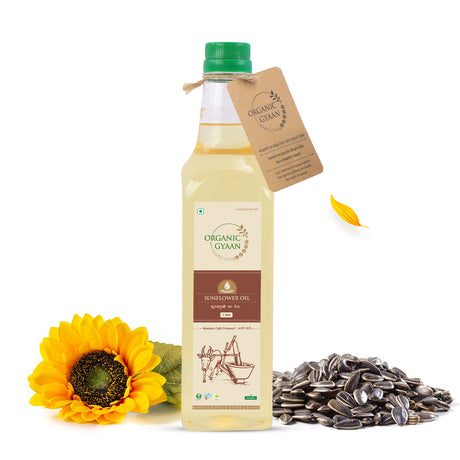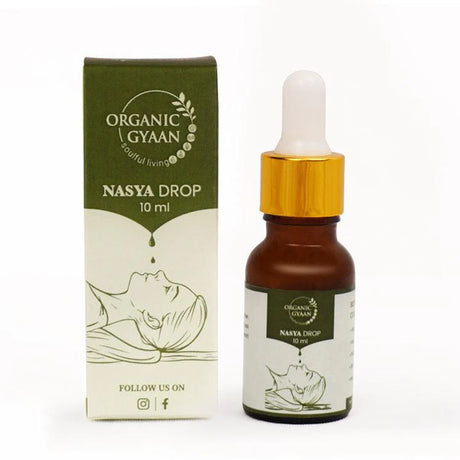Did you know that eating low calorie foods can help you lose weight without feeling hungry all the time? These foods provide fewer calories, so you can eat more of them without gaining weight. low calorie foods include fruits, vegetables, and Millet grains, which are also packed with nutrients that your body needs. By eating more of these foods, you can feel full and satisfied while cutting down on calories. This helps you maintain a healthy weight in a natural and enjoyable way.
Introduction to low calorie foods
low calorie foods are those that contain fewer calories in each bite, which makes them perfect for losing weight. When you include these foods in your diet, you can eat more without worrying about gaining extra calories. This means you can enjoy larger portions while still keeping your calorie intake low. In this blog, we'll look at different low calorie foods, why they are beneficial, and give you a list of foods to help you on your weight loss journey. These foods are not only good for weight loss but also packed with nutrients your body needs to stay healthy.
Benefits of low calorie foods
Adding low calorie foods to your diet has many benefits:
1. Weight Loss
low calorie foods help you eat fewer calories than you burn, which is essential for losing weight. They allow you to enjoy larger portions without gaining weight.
2. Nutrient-Dense
These foods are full of important vitamins, minerals, and antioxidants that your body needs to stay healthy. They provide essential nutrients without adding many calories.
3. Satiety
low calorie foods help you feel full and satisfied for a longer time. This reduces the chances of overeating or snacking on unhealthy foods.
4. Versatility
You can use low calorie foods in many different recipes and meals. This variety keeps your diet interesting and enjoyable, making it easier to stick to healthy eating habits.
Top low calorie foods for Weight Loss
1. Leafy Greens
Leafy greens like spinach, kale, and lettuce are very low in calories but high in fiber, vitamins, and minerals. One cup of spinach has only 7 calories, making it a perfect addition to your meals.
Nutritional Value of Leafy Greens
|
Nutrient |
Amount (per cup) |
|
Calories |
7 |
|
Fiber |
0.7g |
|
Vitamin A |
2813 IU |
|
Vitamin K |
145 mcg |
|
Folate |
58 mcg |
Health Benefits
-
Rich in Antioxidants: Help fight oxidative stress.
-
Supports Eye Health: High in vitamin A.
-
Improves Bone Health: Vitamin K supports bone density.
-
Aids Digestion: Fiber promotes gut health.
2. Cruciferous Vegetables
Vegetables like broccoli, cauliflower, and Brussels sprouts are low in calories and high in fiber, which helps digestion and fullness. One cup of broccoli has just 55 calories.
Nutritional Value of Cruciferous Vegetables
|
Nutrient |
Amount (per cup) |
|
Calories |
55 |
|
Fiber |
2.4g |
|
Vitamin C |
81 mg |
|
Vitamin K |
92 mcg |
|
Folate |
57 mcg |
Health Benefits
-
Cancer-Fighting Properties: Contain glucosinolates that may reduce cancer risk.
-
Boosts Immunity: High in vitamin C.
-
Supports Heart Health: Fiber lowers cholesterol.
-
Anti-Inflammatory: Reduces inflammation.
3. Fruits
Fruits like apples, berries, and oranges are low in calories and packed with vitamins and antioxidants. An apple, for example, has about 95 calories and is high in fiber.
Nutritional Value of Fruits (Apple)
|
Nutrient |
Amount (per apple) |
|
Calories |
95 |
|
Fiber |
4.4g |
|
Vitamin C |
8.4 mg |
|
Potassium |
195 mg |
|
Vitamin K |
4 mcg |
Health Benefits
-
Rich in Fiber: Supports digestion and fullness.
-
Boosts Immune System: High in vitamin C.
-
Heart Health: Potassium helps control blood pressure.
-
Antioxidant Properties: Protects cells from damage.
4. Millets
Millets like foxtail, pearl, and finger millet are great sources of complex carbs and fiber. They are low in calories compared to other grains and provide energy. A cup of cooked millet has around 207 calories.
Nutritional Value of Millets
|
Nutrient |
Amount (per cup) |
|
Calories |
207 |
|
Fiber |
2.3g |
|
Protein |
6g |
|
Magnesium |
77 mg |
|
Phosphorus |
180 mg |
Health Benefits
-
Supports Digestive Health: High in fiber.
-
Sustained Energy: Provides complex carbs.
-
Rich in Nutrients: Magnesium and phosphorus support bone health.
-
Gluten-Free: Suitable for gluten-intolerant people.
5. Lentils and Pulses
Lentils, chickpeas, and beans are rich in protein and fiber, making them ideal for weight loss. They are low in calories and keep you full longer. A cup of cooked lentils contains about 230 calories.
Nutritional Value of Lentils
|
Nutrient |
Amount (per cup) |
|
Calories |
230 |
|
Fiber |
15.6g |
|
Protein |
18g |
|
Iron |
6.6 mg |
|
Folate |
358 mcg |
Health Benefits
-
High Protein: Supports muscle growth.
-
Rich in Iron: Helps prevent anemia.
-
Aids Digestion: High in fiber.
-
Heart Health: Folate supports cardiovascular health.
6. Seeds
Seeds like chia, flax, and pumpkin are nutrient-dense and low in calories. They are packed with fiber, protein, and healthy fats. A tablespoon of chia seeds has about 58 calories.
Nutritional Value of Seeds (Chia Seeds)
|
Nutrient |
Amount (per tbsp) |
|
Calories |
58 |
|
Fiber |
4.1g |
|
Protein |
2g |
|
Omega-3 |
4915 mg |
|
Calcium |
76 mg |
Health Benefits
-
Omega-3 Rich: Supports brain and heart health.
-
High in Fiber: Promotes satiety and digestion.
-
Calcium Content: Strengthens bones.
-
Protein-Packed: Supports muscle repair.
7. Dry Fruits
Dry fruits like almonds, walnuts, and dates, in moderation, can help with weight loss. They provide essential nutrients and curb hunger. A handful of almonds (about 23 almonds) has around 160 calories.
Nutritional Value of Dry Fruits (Almonds)
|
Nutrient |
Amount (per 23 almonds) |
|
Calories |
160 |
|
Fiber |
3.5g |
|
Protein |
6g |
|
Magnesium |
76 mg |
|
Vitamin E |
7.3 mg |
Health Benefits
-
Rich in Healthy Fats: Supports heart health.
-
Protein and Fiber: Promotes fullness and aids digestion.
-
Magnesium-Rich: Supports muscle and nerve function.
-
Vitamin E: Acts as an antioxidant.
8. Oats
Oats are a fantastic low-calorie food that is rich in fiber and can help you feel full longer. A cup of cooked oats has about 154 calories and provides a good amount of protein and essential nutrients.
Nutritional Value of Oats
|
Nutrient |
Amount (per cup) |
|
Calories |
154 |
|
Fiber |
4g |
|
Protein |
6g |
|
Magnesium |
63 mg |
|
Iron |
1.7 mg |
Health Benefits
-
High in Fiber: Supports digestion and lowers cholesterol.
-
Protein-Rich: Aids in muscle repair.
-
Heart Health: Helps reduce heart disease risk.
-
Sustained Energy: Provides long-lasting energy.
9. Salads
Salads made with leafy greens and loaded with vegetables, seeds, and a light dressing are perfect low-calorie meals. A basic salad with greens, tomatoes, cucumbers, and a light vinaigrette can be as low as 150 calories.
Nutritional Value of Salad (Basic Mixed Salad)
|
Nutrient |
Amount (per serving) |
|
Calories |
150 |
|
Fiber |
3g |
|
Vitamin A |
5400 IU |
|
Vitamin C |
15 mg |
|
Potassium |
450 mg |
Health Benefits
-
Rich in Vitamins: Supports immune function and skin health.
-
Hydrating: High water content.
-
Promotes Satiety: Helps control hunger.
-
Low in Calories: Ideal for weight management.
Actionable Tips for Incorporating low calorie foods
1. Start Your Day with a Nutritious Breakfast: Eat foods like oatmeal topped with berries or a smoothie with spinach, cucumber, and a splash of lemon juice.
2. Fill Half Your Plate with Vegetables: During lunch and dinner, make sure at least half of your plate consists of low-calorie vegetables like broccoli, carrots, and greens.
3. Snack Smartly: Replace high-calorie snacks with low-calorie options like celery sticks, cucumber slices, or an apple.
4. Include Plant-Based Proteins: Add plant-based proteins like lentils, chickpeas, and tofu to your meals to help build muscle and boost metabolism.
5. Hydrate with Zero-Calorie Beverages: Drink plenty of water or herbal teas instead of sugary drinks. Water not only hydrates but also helps control hunger.
6. Experiment with Cooking Methods: Use healthy cooking methods like steaming, grilling, or baking instead of frying. This helps retain the nutrients in your food without adding extra calories.
Meal Plan Ideas
Breakfast
- Oatmeal with Berries: A bowl of oatmeal topped with fresh berries and a sprinkle of chia seeds.
- Green Smoothie: Blend spinach, cucumber, green apple, and a splash of lemon juice.
Lunch
- Millet Salad: A hearty salad with mixed greens, cooked millet, cherry tomatoes, and a light vinaigrette.
- Vegetable Stir-Fry: Stir-fry broccoli, bell peppers, and snap peas in a small amount of olive oil.
Dinner
- Lentil Soup: A warm bowl of lentil soup with carrots, celery, and spices.
- Quinoa Salad: Quinoa mixed with cucumber, cherry tomatoes, and a drizzle of coconut oil and lemon juice.
Snacks
- Apple Slices with Almond Butter: Slices of apple served with a small amount of almond butter.
- Celery Sticks with Hummus: Crunchy celery sticks dipped in hummus.
Conclusion
Incorporating low calorie foods into your diet is a practical and effective way to achieve weight loss while ensuring you get the necessary nutrients. From leafy greens and fruits to millets, lentils, seeds, dry fruits, and oats, these foods offer a range of health benefits and keep you feeling satisfied. Remember, weight loss is not just about cutting calories but also about making healthier food choices that nourish your body.




